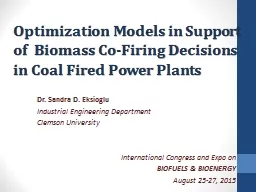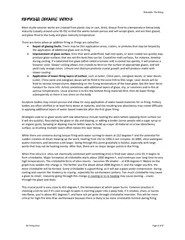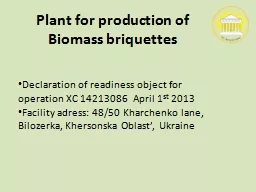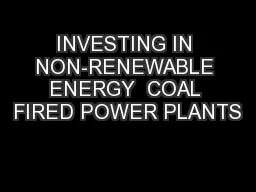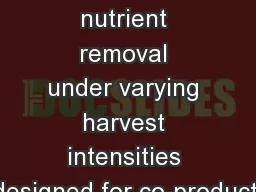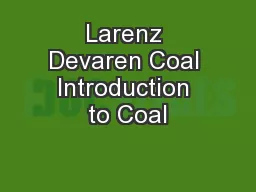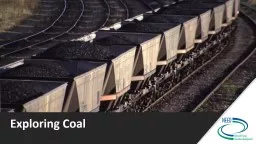PPT-Optimization Models in Support of Biomass Co-Firing Decisions in Coal Fired
Author : sherrill-nordquist | Published Date : 2018-12-11
Power Plants Dr Sandra D Eksioglu Industrial Engineering Department Clemson University International Congress and Expo on BIOFUELS amp BIOENERGY August 2527 2015
Presentation Embed Code
Download Presentation
Download Presentation The PPT/PDF document "Optimization Models in Support of Bioma..." is the property of its rightful owner. Permission is granted to download and print the materials on this website for personal, non-commercial use only, and to display it on your personal computer provided you do not modify the materials and that you retain all copyright notices contained in the materials. By downloading content from our website, you accept the terms of this agreement.
Optimization Models in Support of Biomass Co-Firing Decisions in Coal Fired: Transcript
Download Rules Of Document
"Optimization Models in Support of Biomass Co-Firing Decisions in Coal Fired"The content belongs to its owner. You may download and print it for personal use, without modification, and keep all copyright notices. By downloading, you agree to these terms.
Related Documents

